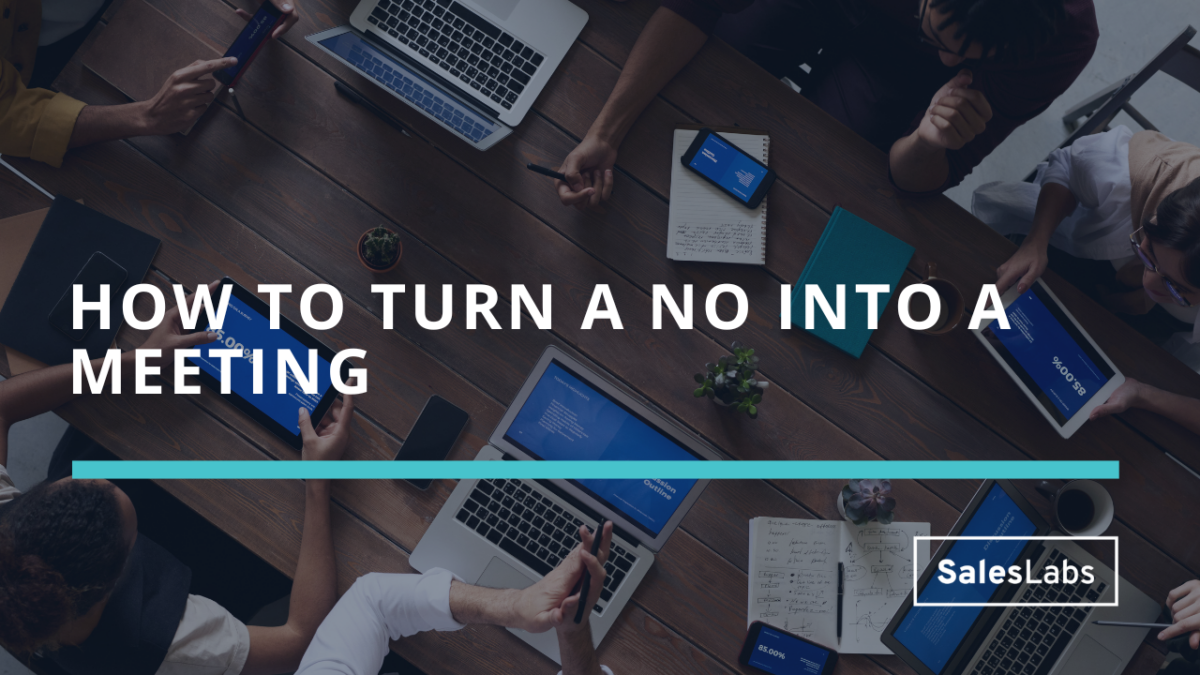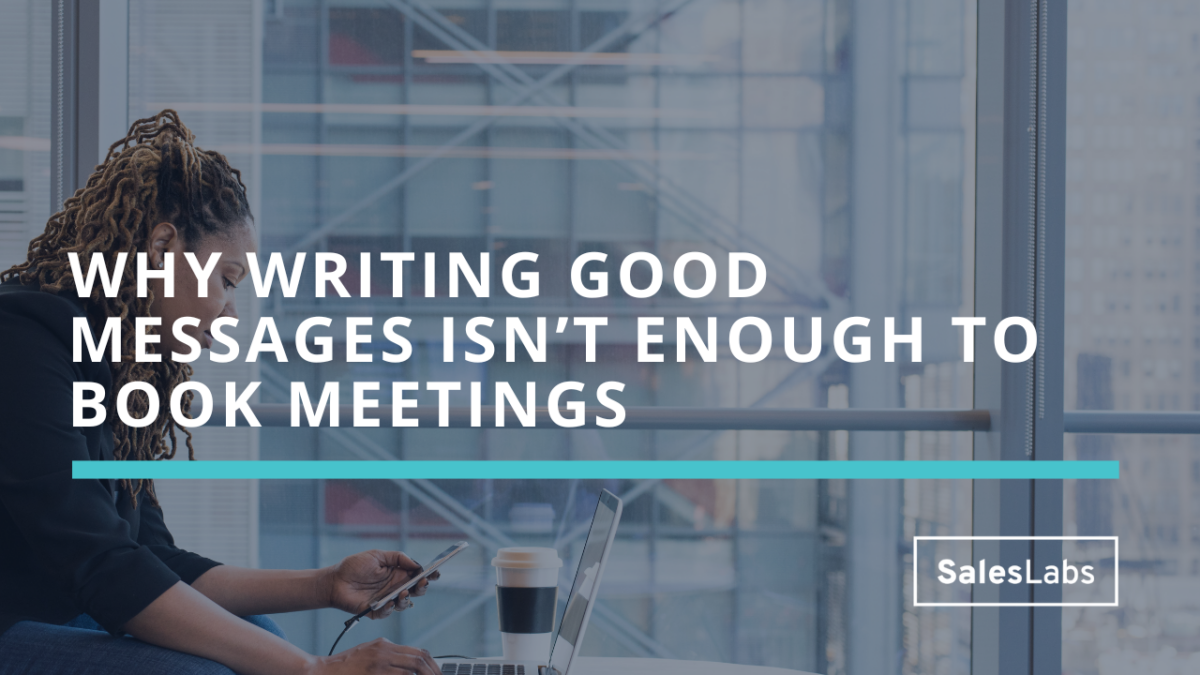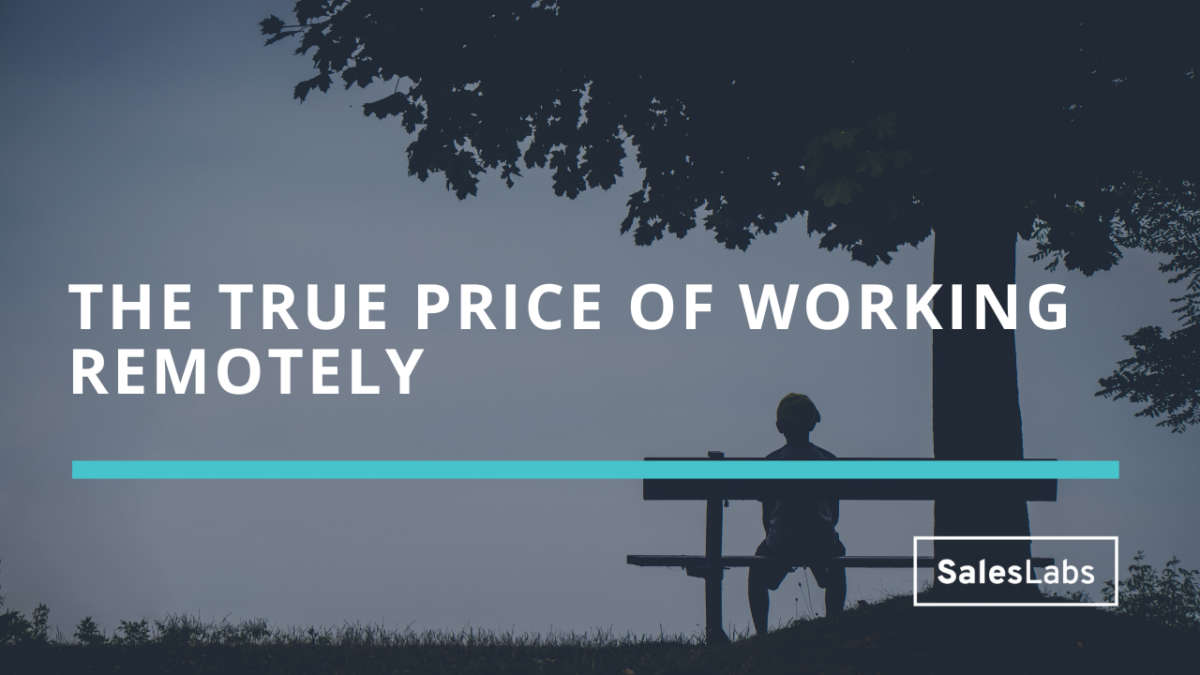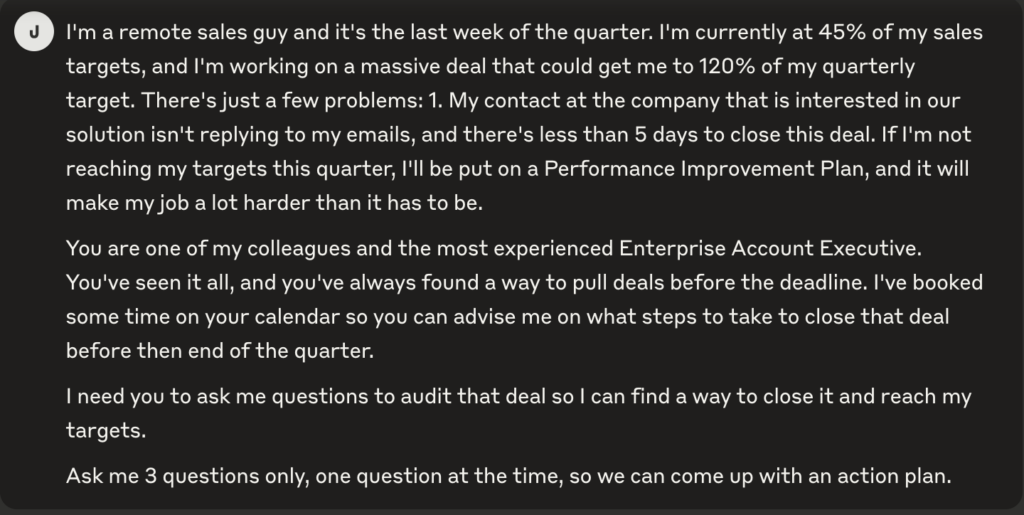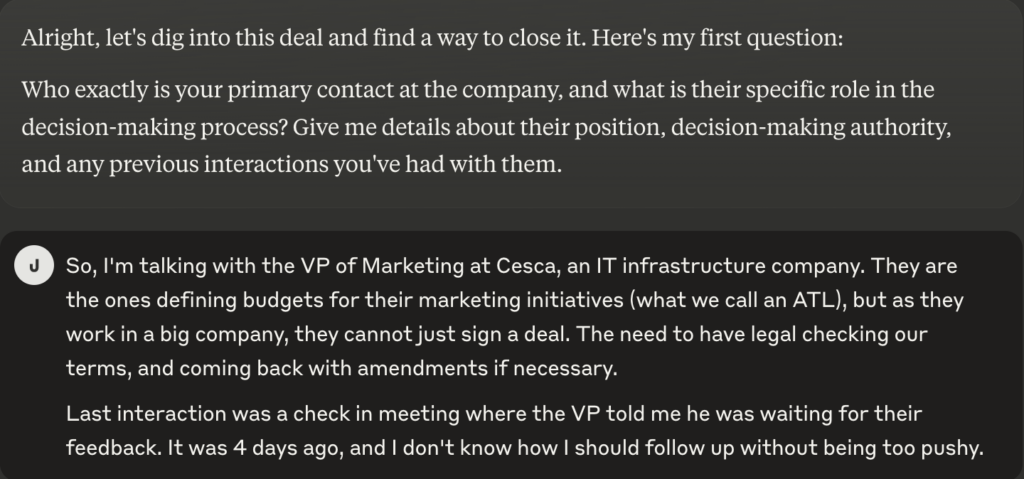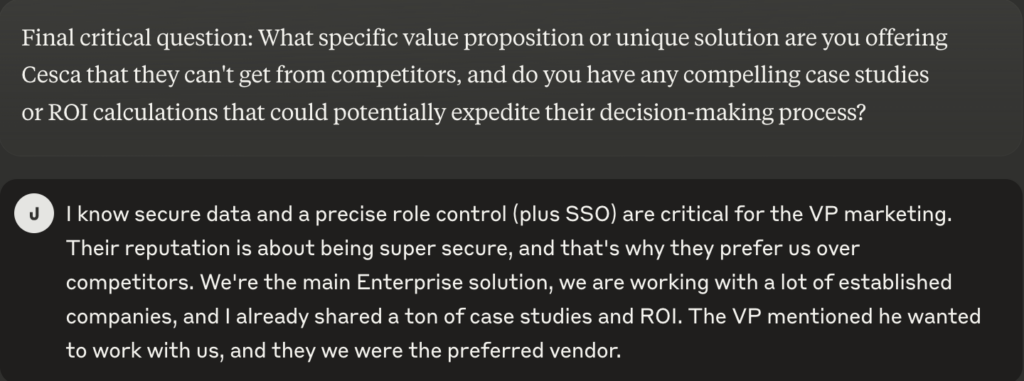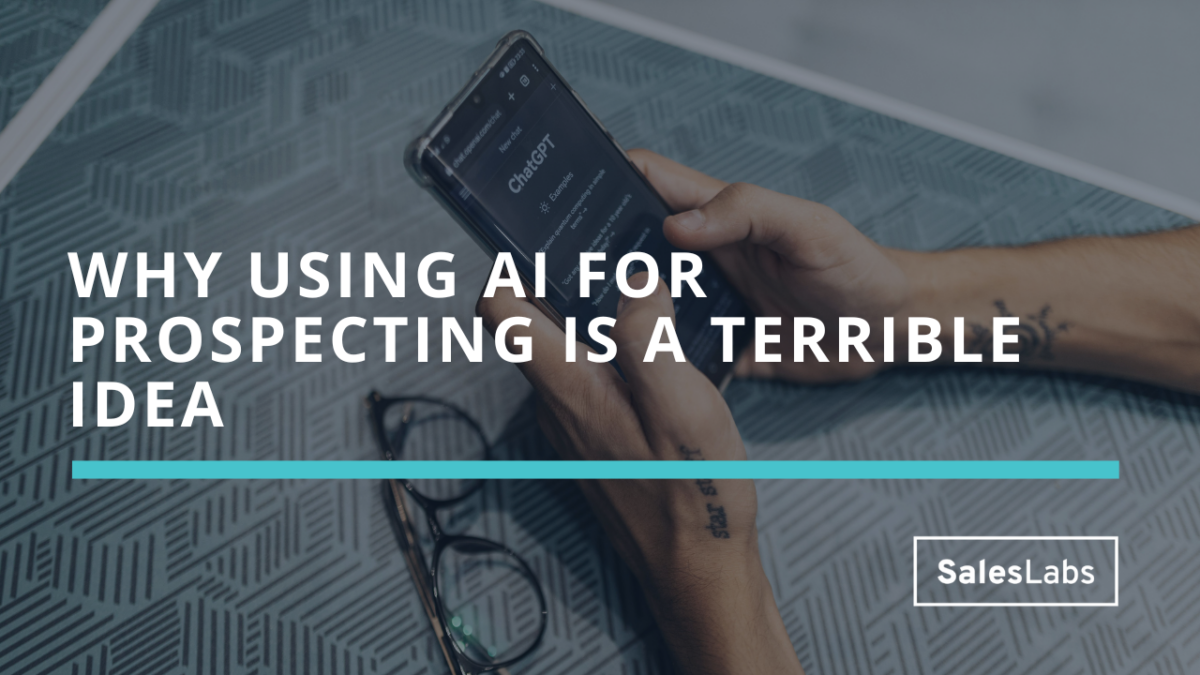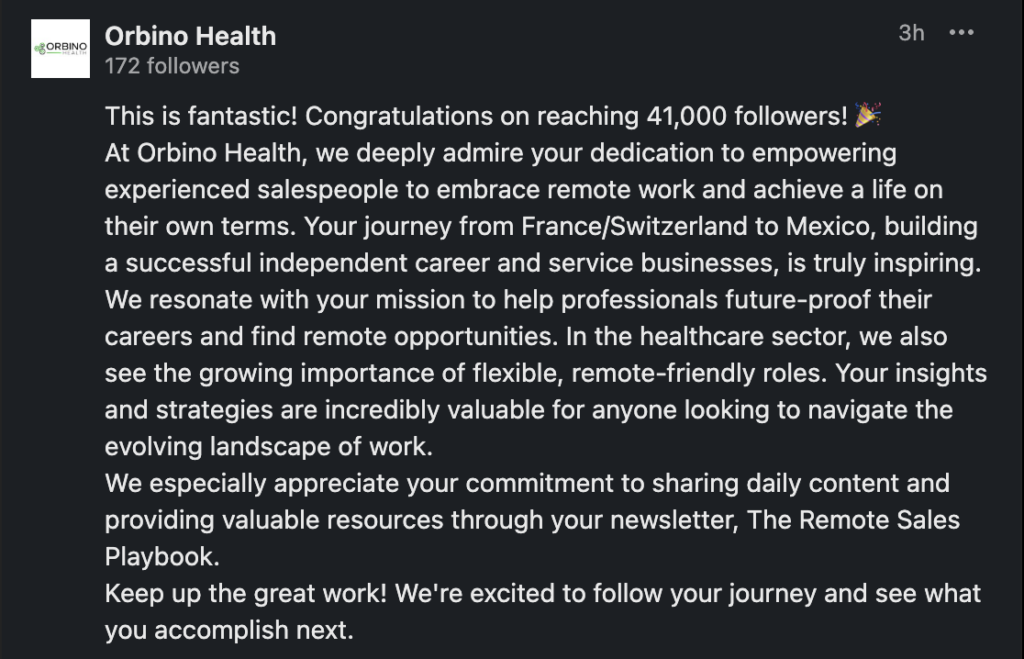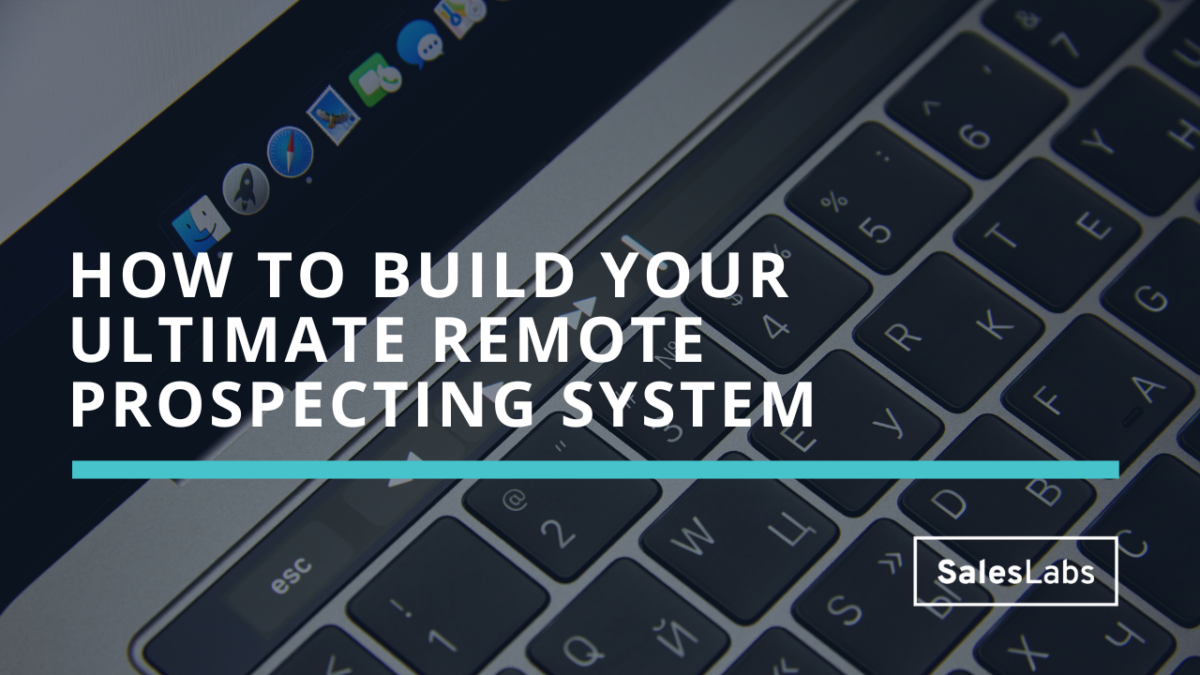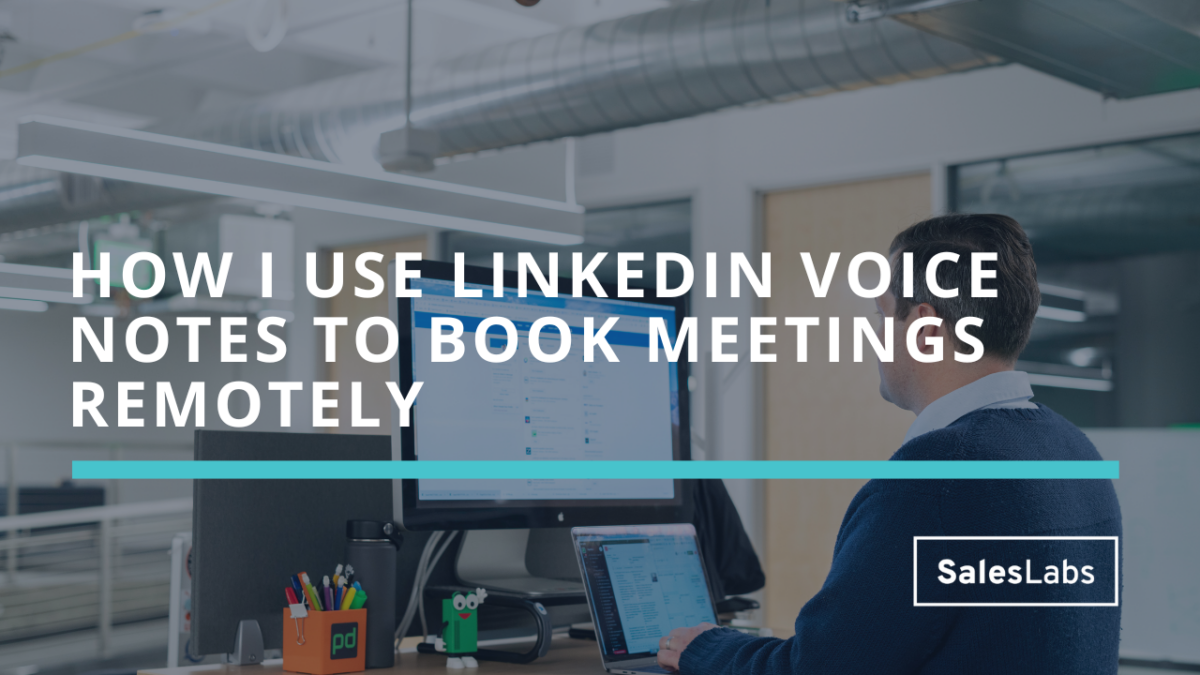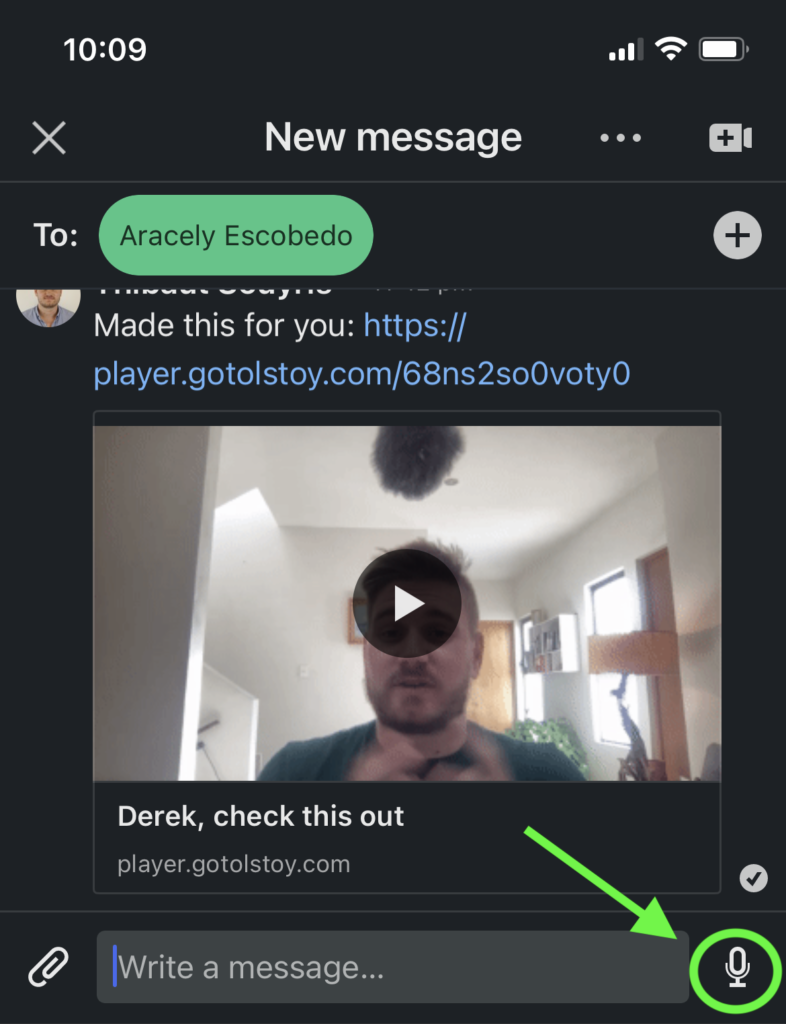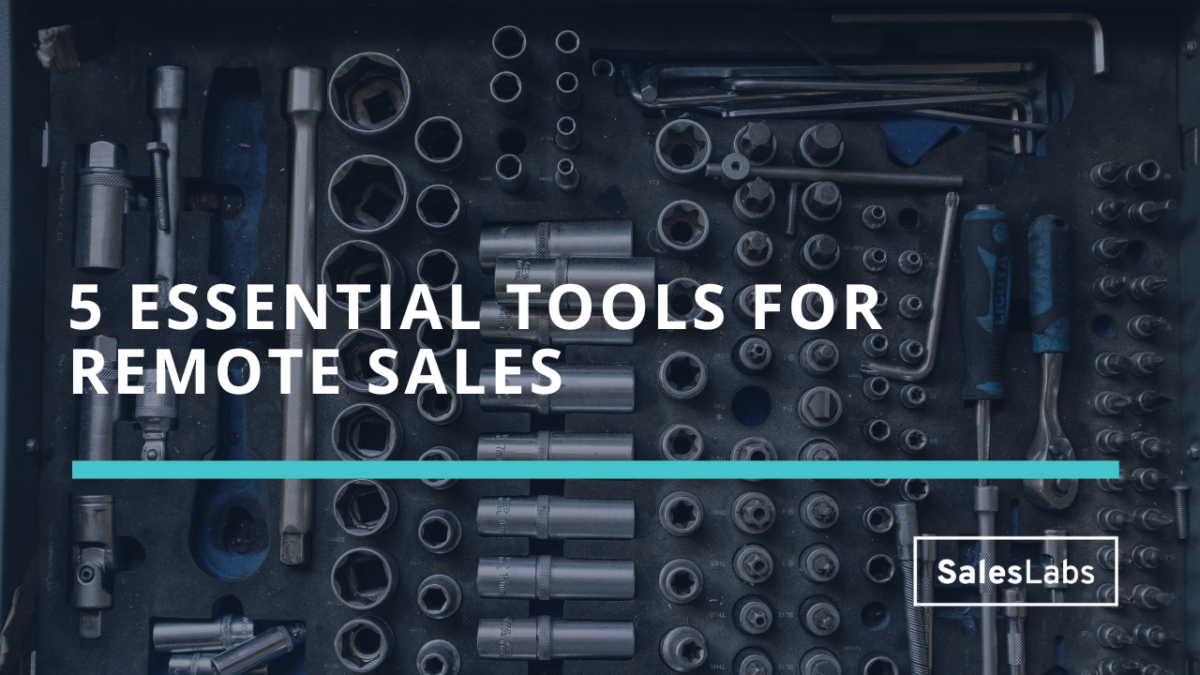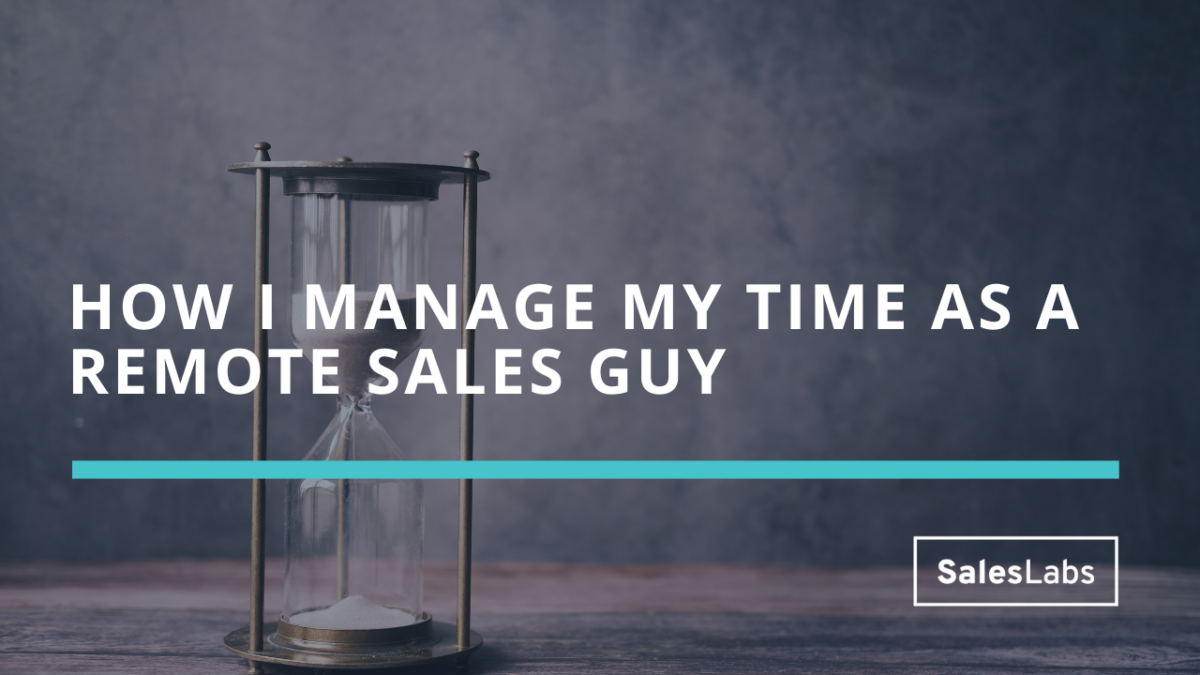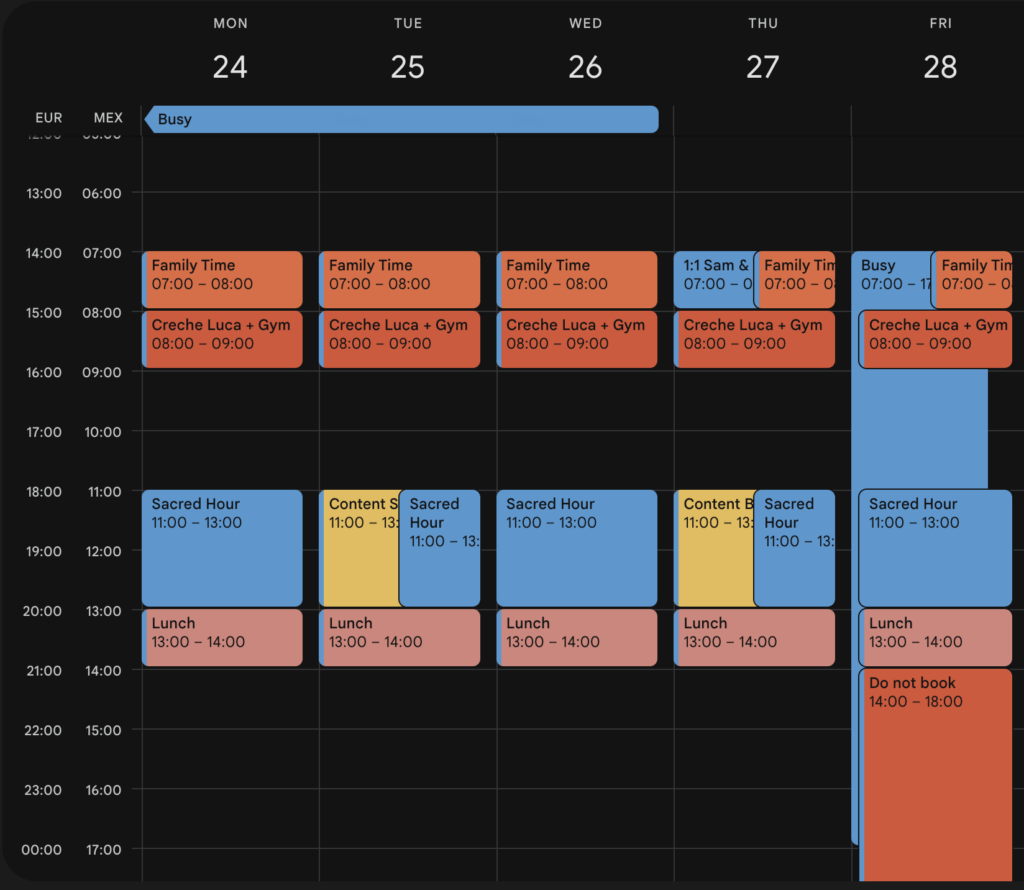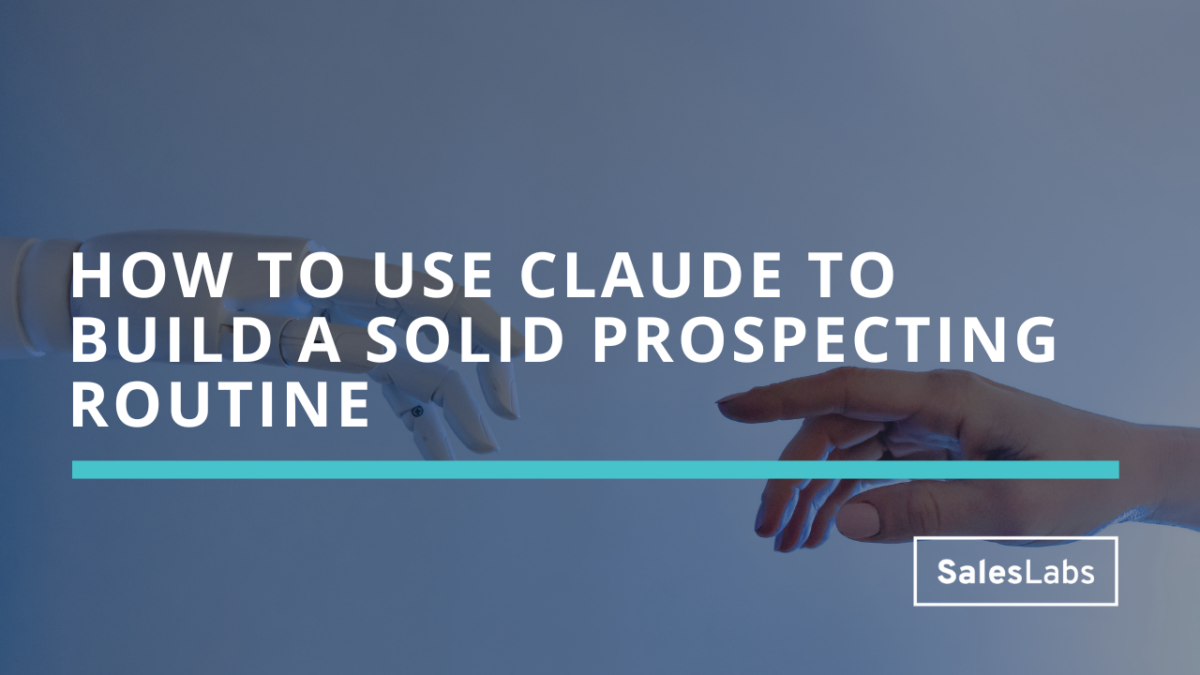How to turn a No into a meeting
In today’s issue, I’ll share how you can turn a no into one (or more) meetings. When prospects reply negatively to a prospecting message, most salespeople stop and move on. It’s quite understandable. We don’t want to annoy our prospect, so we focus on the next one, until we get a yes.
In fact, this is what I’ve always suggested to do. I hate when I tell a salesperson I’m not interested, and they keep trying to convince me I’m wrong. But in 2025, outbound prospecting has become so hard, that you can’t afford to give up when you get a no. You’ve worked so hard to get a reply, you need to turn it into something positive.
Last week, I was running a 1:1 coaching call with one of my students, and we developed a simple tactic to turn negative answers into meetings.
Here’s that tactic, step-by-step:
Step 1: Accept the answer and ask for a favor
As humans, we tend to become tensed when people reject us. By acknowledging that and writing a short softening statement, you’ll dial the tension down.
Here’s a softening statement I love using: “Got it, Leslie, no problem with that, I understand that it’s not something you’re focused on right now.”
Now that the tension is gone, you can ask for a quick favor. I love using: “Do you mind if I ask you a quick favor? I won’t take it bad if you refuse 😊 ”
If the prospect isn’t too annoyed about your message, they’ll typically answer.
Step 2: Ask for intros to people from their network
Now that you turned a no into a yes comes the tough part. You need to ask if the prospect would be opposed to checking a list of people they are connected with, and telling you if they’d be comfortable doing an intro. Here’s the message I typically use:
“I’ve been checking who you’re connected with on LinkedIn and I think there are 5 people who could potentially need help with the problem I’m solving with my offering. Would you mind looking at that list and telling me if you’d be opposed to doing a short intro?”
Most people won’t have a problem going through the list and telling you who they are comfortable introducing you to. This switches the focus of your prospecting to other people, and it’s reassuring for your prospects because they know you’re not trying to book a meeting with them anymore.
Step 3: Make it easy for them to say yes
When the prospect comes back with the list of people they are comfortable doing an intro to (some won’t be comfortable doing so), you know you’re on the right path. This is where most salespeople drop the ball. They ask the prospect to send an intro message, and most people are too lazy, so they don’t do it.
Instead, propose to write the introduction message on behalf of the prospect. Here’s how I typically play it:
“Thanks for the list Leslie. Do you mind if I write the introduction message on your behalf and share it with you, so you just have to quickly check it and send it?”
Most people won’t object to that. You’re making their lives simpler. If they accept, use a message like this one:
“John, Thibaut (in cc) reached out me a few days ago to share a few ideas on how I could prevent my reps from getting dispersed when running outbound sequences. It’s not a problem we have, but Thibaut asked my if you’d have this problem. I figured I’d do a quick intro and let you two take it from there.”
I don’t know about you, but I wouldn’t have any issue sending this to people I know. It’s short, it’s direct, and it’s honest. If I received this email from someone I know, I wouldn’t have any problem taking a call from the salesperson (if I was interested in solving the problem they can help with).
And this is the way you can turn a no into one or more meetings. It takes a bit of practice to get it right, but I can’t encourage you enough to give it a try. If you got a no from an outbound prospecting message, you started a conversation, and you can’t afford not to use this relationship to start more conversations. It’s going to be 100x simpler than trying to contact total strangers.
Hope this helps.
Cheers,
Thibaut Souyris
P.S. When you’re ready, here are 3 ways I can help you:
Subscribe to the Newsletter
Get my free, 4 min weekly newsletter. Used by 5.400+ salespeople to book more meetings and work when, where, and how they want.
Subscribe to the Newsletter
Get my free, 4 min weekly newsletter. Used by 5.400+ salespeople to book more meetings and work when, where, and how they want.
